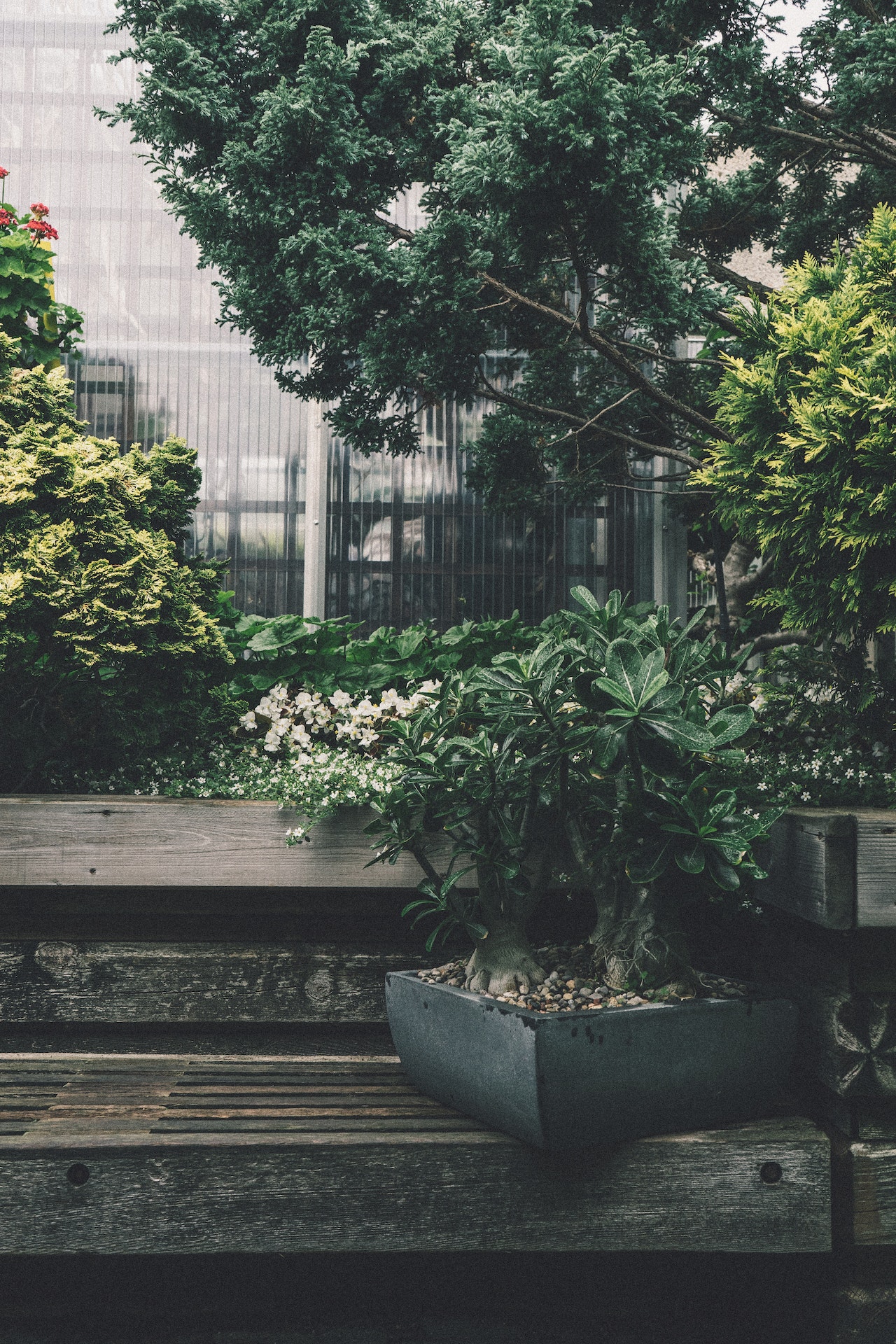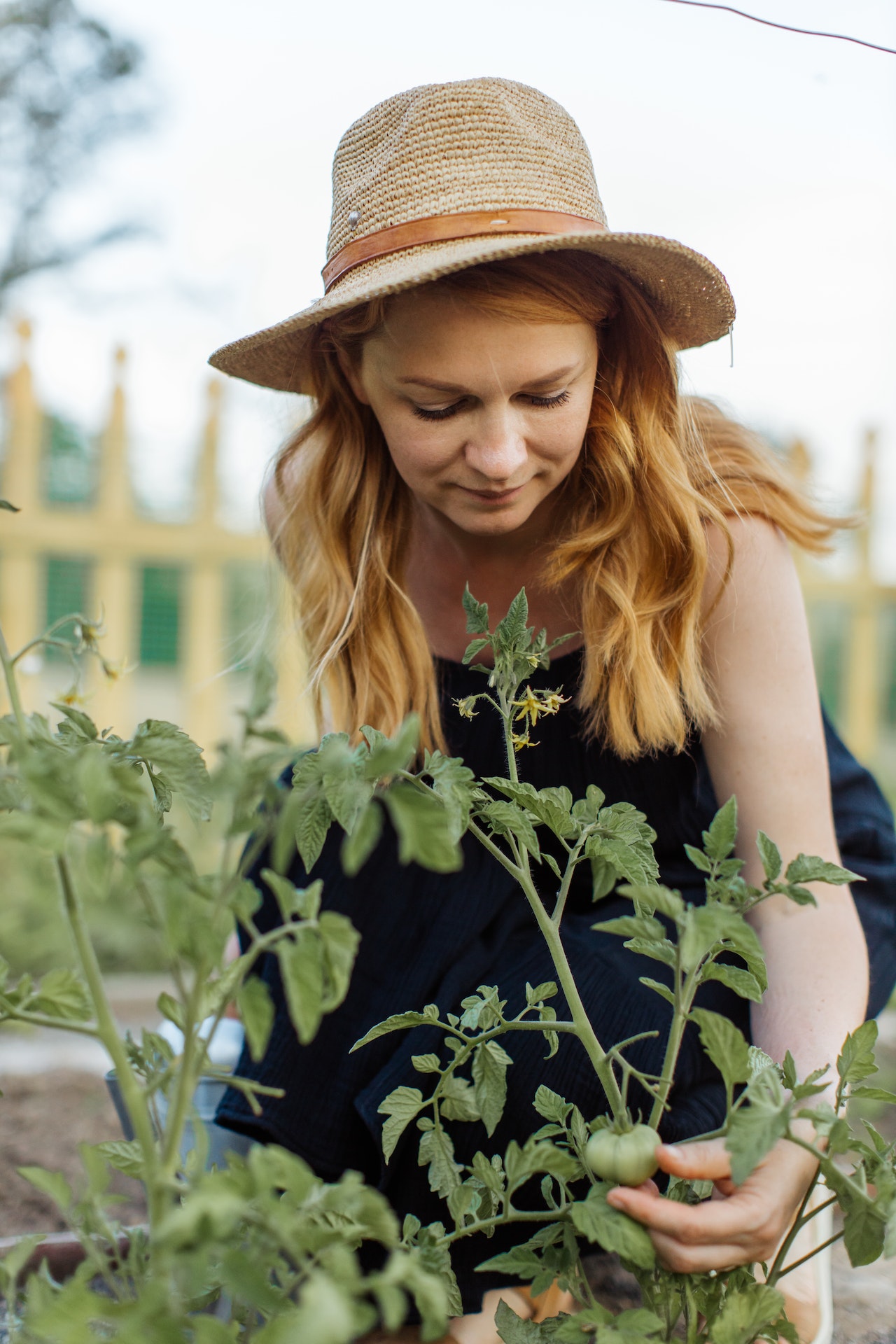
Pick petite shops. Numerous seed companies and factory breeders are developing kinds specifically designed for growing in lower spaces and pots. When copping shops, Callie Works- Leary, author of the Dallas Garden School, recommends looking for bones with the words dwarf, yard or vessel in their names. For illustration, if you’re looking to grow fruits and vegetables, good options include Patio Baby eggplant, Tophat dwarf blueberry backwoods and Peas in-a-Pot.
Present a unified front. Variety isn't always the way to go. “Having a collection of arbitrary pots in different colors, sizes and shapes is the quickest way to confuse the eye and make a theater feel lower” says Amy Pennington, author of `Bitsy Space Gardening Growing Vegetables, Fruits, and Sauces in Small Outdoor Spaces. She proposes choosing holders with the same color and style to keep the focus on the shops, allowing them to give pleasing contrasts with their colors, textures and shapes.
How to elevate a small, civic garden for maximum impact
“The biggest mistake I see people making is trying to grow one of everything” Works- Leary says. “Just like in a house, if you have too numerous things, that clutter will make it feel more constricted”. To produce a sense of harmony, elect a lower number of shops, say up to a half- dozen, and grow enough of each one to fill the beds. The patches of shops will give a place for the eye to rest, so observers can witness each type of factory on a deeper position.
Govertical. However, grow up, ”Pennington says'' If you have limited direct space. “Add shops that pull the eye up”. There are a plentitude of comestible shops that are vining or that can be trellised, similar as tomatoes, peas, cucumbers and melons. You can buy a more upmarket essence climbing structure, or simply spare two pieces of bamboo together and tie them at the top to secure them. Alternatively, there are ornamental vines that can cleave to walls, similar as star jasmine, evergreen clematis and royal trumpet. You can also add other perpendicular rudiments, similar as hanging baskets, factory daisies, window boxes and holders, that attach to a wall, rail or sundeck.
Go vertical, too. To make a space feel more extensive on the vertical airplane , use repeating identical rudiments that make a dramatic print. When designing a theater bed set against the aft end of your property, for illustration, pick the same statement factory to go on either side. Or if you have a thin yard running alongside your house, put the same type of eye-catching tree at either end. They draw the eye, ”Works-Leary says“. They frame the area, while also making it appear wider.













